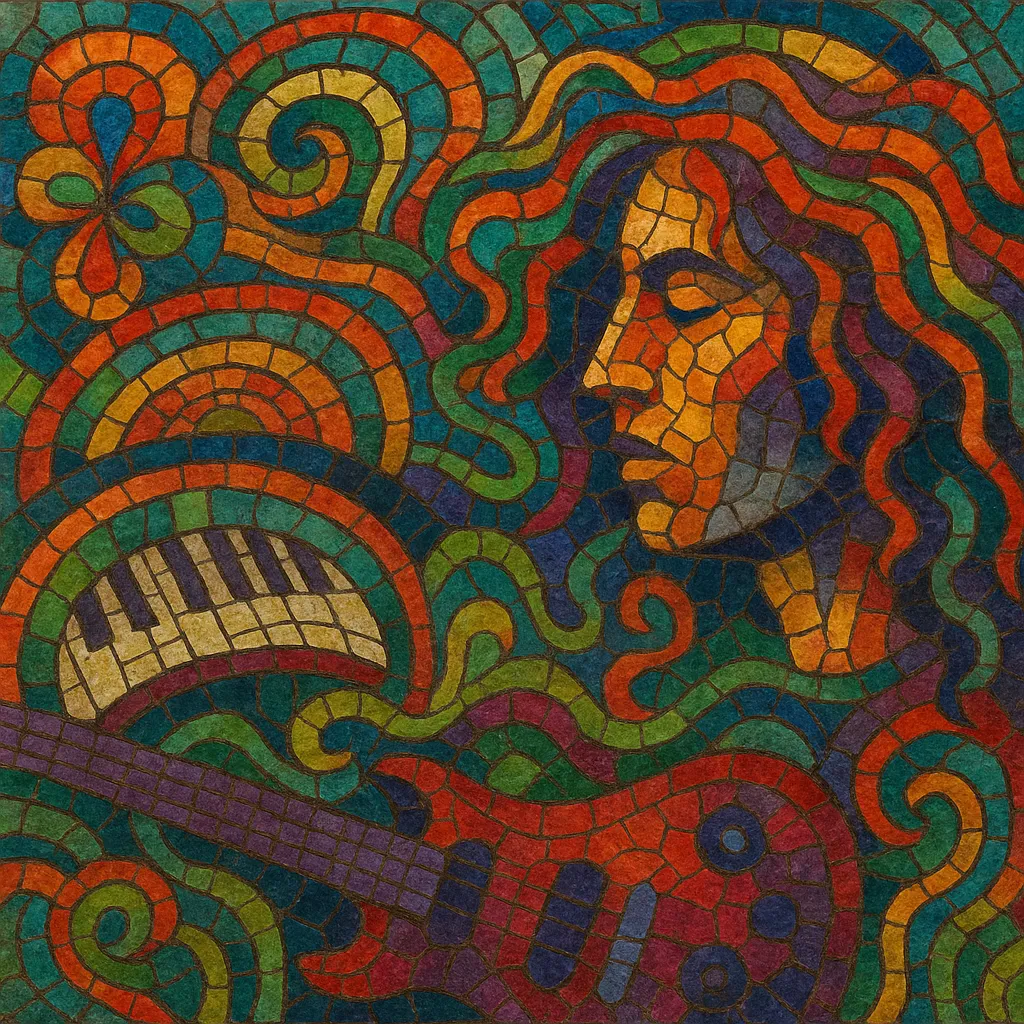
Neo-psychedelia is a late-20th-century revival and reinvention of 1960s psychedelic music aesthetics, filtered through post-punk, indie, and experimental sensibilities.
It emphasizes hypnotic textures, droning guitars, heavy use of effects (reverb, delay, phasing), analogue organs/synths, and dreamlike or surreal lyricism. Rhythms may draw from motorik and other steady, trance-inducing grooves, while harmony often favors modal colors and repetitive vamps.
The style ranges from jangly, melodic songs to dense, feedback-laden soundscapes, and has been highly influential on dream pop, shoegaze, Britpop-adjacent scenes, and modern psych rock.
Neo-psychedelia emerged in the United Kingdom in the late 1970s as post-punk artists rediscovered and reinterpreted the sounds of 1960s psychedelic rock. Rather than straightforward retro pastiche, these bands combined psychedelic timbres (fuzz, phasing, tape echo, Farfisa/Mellotron) with post-punk’s angularity, minimalism, and experimental attitude.
Through the early–mid 1980s, UK groups such as The Teardrop Explodes, Echo & the Bunnymen, and The Soft Boys helped codify the genre’s balance of chiming guitars, atmospheric production, and cryptic, inward-looking lyrics. In the US, the Paisley Underground (e.g., Rain Parade, The Dream Syndicate) paralleled the movement with jangly, psych-tinged songwriting. Krautrock’s motorik pulse and space rock’s expansiveness further shaped the era’s textures and grooves.
The 1990s saw neo-psychedelia bleed into and help catalyze dream pop and shoegaze (e.g., the drone-and-reverb ethos informing sound-over-song approaches). Acts like Spacemen 3 and their successor Spiritualized carried the drone‑gospel/space-psych continuum forward, while The Flaming Lips brought a theatrical, orchestral dimension that crossed into alternative rock.
In the 2000s and 2010s, a broad psych revival drew on neo-psychedelia’s toolkit: The Brian Jonestown Massacre, Animal Collective, and Tame Impala fused vintage tones with modern production and pop sensibilities. The genre’s DNA—textural immersion, modal harmony, hypnotic rhythm—remains central to contemporary dream pop, shoegaze, indie rock, and various space/psych revivals.

